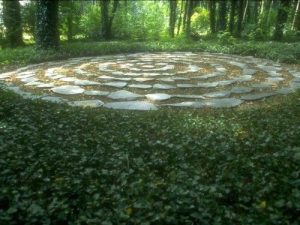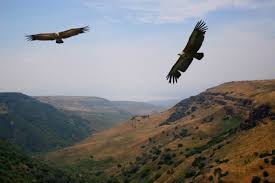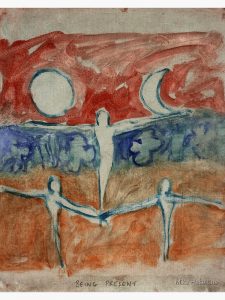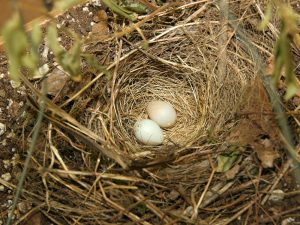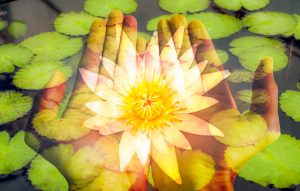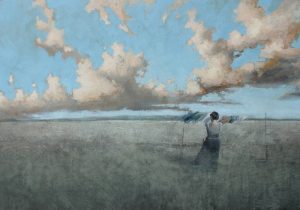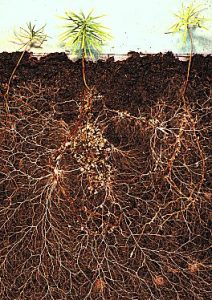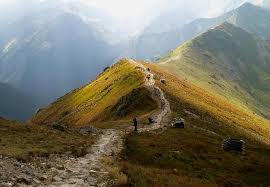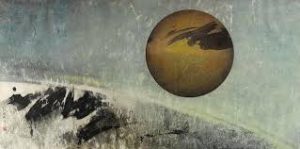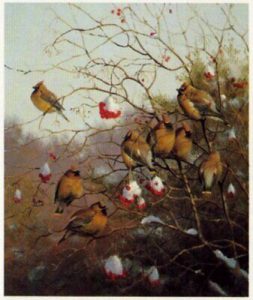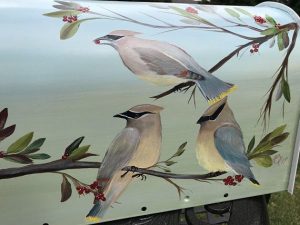 The Yogabliss, Two Rivers/RiverTree Yoga on-line Moving into Meditation classes met this morning. We explored empathy by cultivating a sense of tenderness. We evoked tenderness through imagination, memory and poetry. Tenderness is intimately connected to the experience of attunement: sensing another’s emotions. We are such sensitive, relational creatures. These qualities are often buried by the busyness, noise and stress of modern culture.
The Yogabliss, Two Rivers/RiverTree Yoga on-line Moving into Meditation classes met this morning. We explored empathy by cultivating a sense of tenderness. We evoked tenderness through imagination, memory and poetry. Tenderness is intimately connected to the experience of attunement: sensing another’s emotions. We are such sensitive, relational creatures. These qualities are often buried by the busyness, noise and stress of modern culture.
We were moved by Teddy Macker’s poem, The Otters and the Seaweed. Otters are such beautiful playful beings. Teddy’s poem offers powerful imagery showing their vulnerability to the harshness of life.
We drew on the work of Polish writer Olga Tokarczuk. Her 2018 Nobel Prize acceptance speech, The Tender Narrator, describes tenderness as an essential quality to our human relations as well as her writing. In her speech and her magical book, Drive Your Plough Over the Bones of the Dead, she writes about our capacity to see all living beings as worthy of our tender concern.
We also reflected on meditation teacher Ajahn Sucitto’s essay, The Good Friend. A good friend is someone who is willing to stay with us. This willing acceptance leads us to compassion. We sense our shared fate – we see ourselves in one another – and our hearts open. Continue reading

